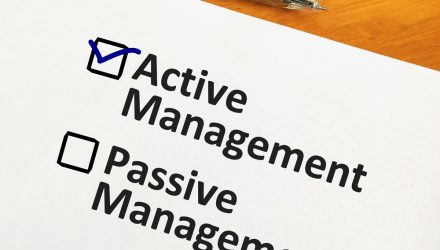Some asset classes are ideal territories for investors to embrace active management. High-yield corporate debt may just be one of them.
With yields on U.S. government debt depressed and likely to remain that way for several years, advisors are looking to other corners of the bond market to source income. Predictability, some will embrace high-yield corporate debt and its associated exchange traded funds.
“Fund managers aren’t immune to excesses in the bond market, though the more experienced and skilled among them can usually see trouble coming, especially when it arrives in the form of investment bankers itching to sell heaps of bonds from highly leveraged companies in the same sectors,” writes Morningstar analyst Eric Jacobson. “It can be extremely difficult to stray too far from a market against whose indexes they will ultimately be compared given that trying to get out of the way early can make for long stretches of unflattering comparisons. Disciplined managers also understand, however, that putting 15% or 20% in a single high-yield sector may have the potential to bury them if those industries are routed.”
The Active Management Challenge
Volatility rankings have acted as an early indicator of rating changes. After reviewing rating changes from B to BB and vice versa over a period from the 4th quarter of 1996 through the 2nd quarter of 2019, it was shown that a bond’s volatility ranking generally started to improve 25–30 months before the rating upgrade happened. Low-volatility bonds have also historically exhibited less credit risk than high volatility bonds.
“The case for sticking with active high-yield managers over indexed portfolios isn’t entirely open and shut given that there are always active funds that manage to find trouble when it comes their way, and an extremely cheap index fund can look very competitive depending on the period and vagaries of the investing landscape,” adds Jacobson.
Still, there are more sound reasons to consider an active approach in this corner of the fixed income market.
“The high-yield market is among those best suited to reward deep research for a variety of reasons, though, and most active managers and firms favored by Morningstar analysts are reluctant to follow credit markets all the way to extremes, regardless of how committed they are to benchmarking,” finishes Jacobson. “There’s plenty of room for indexed portfolios among higher-quality parts of the bond market, but it’s worth thinking twice before following it when it comes to buying high-yield bond funds.”
For more on active strategies, visit our Active ETF Channel.
The opinions and forecasts expressed herein are solely those of Tom Lydon, and may not actually come to pass. Information on this site should not be used or construed as an offer to sell, a solicitation of an offer to buy, or a recommendation for any product.








